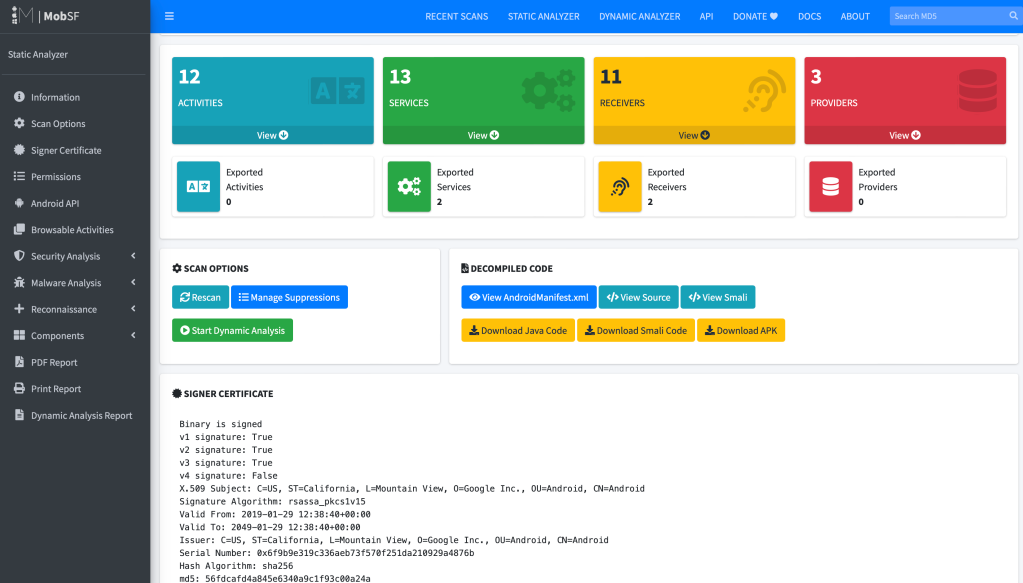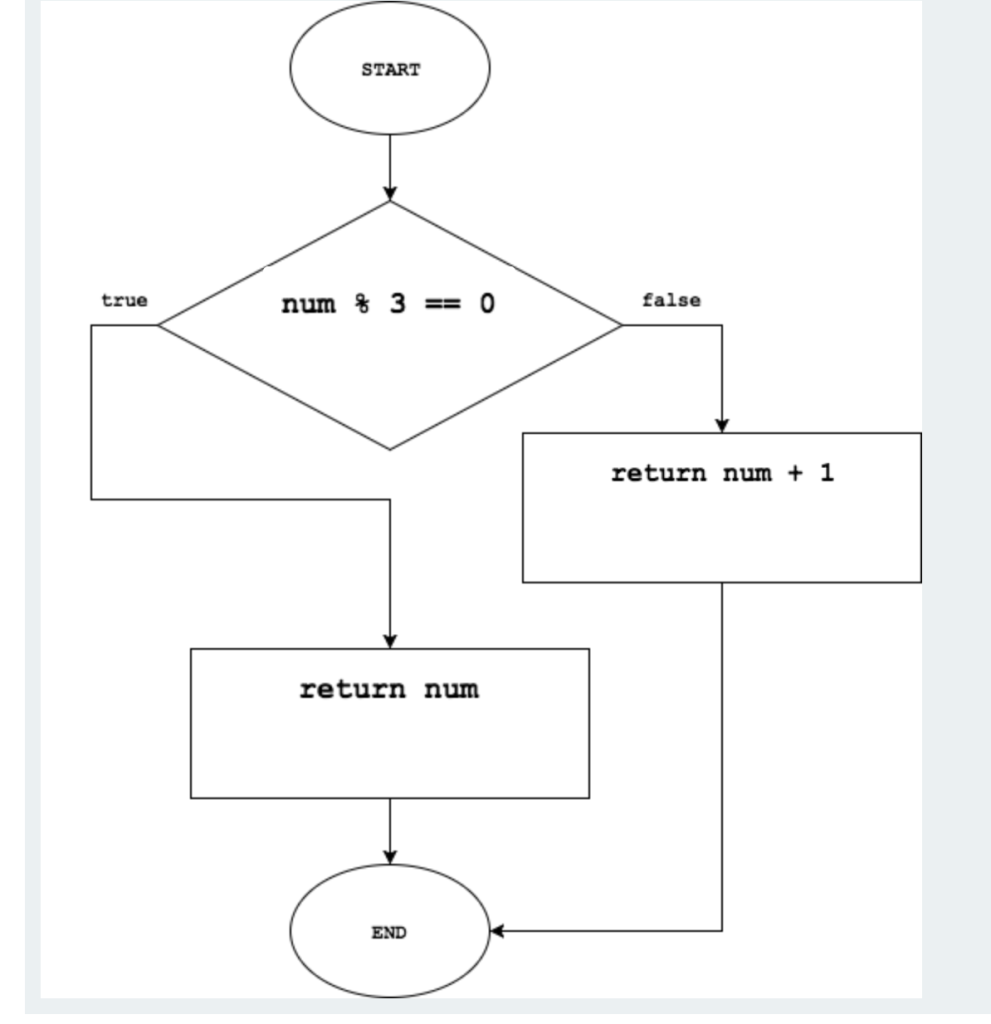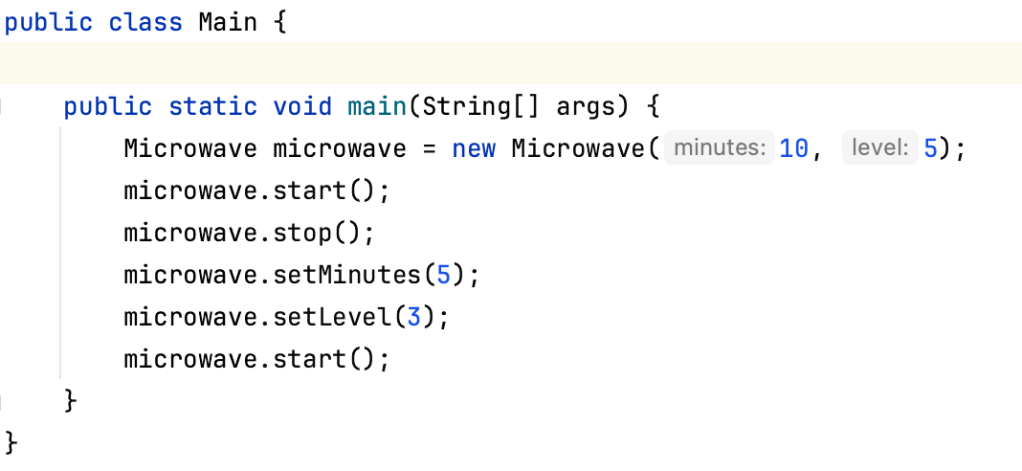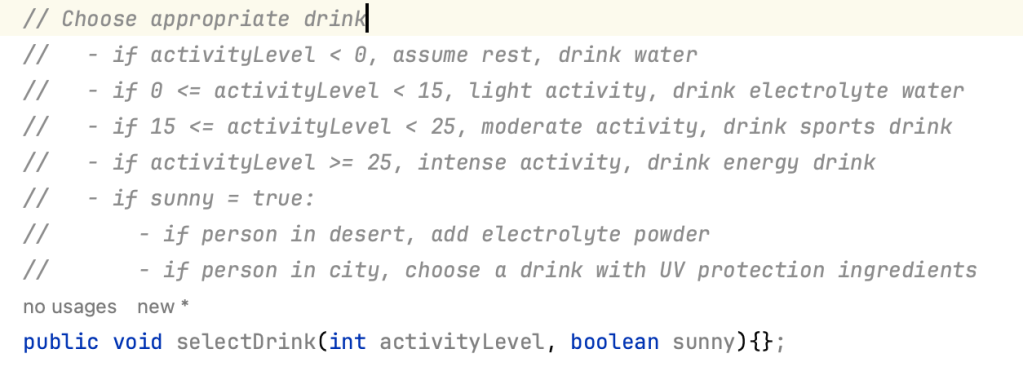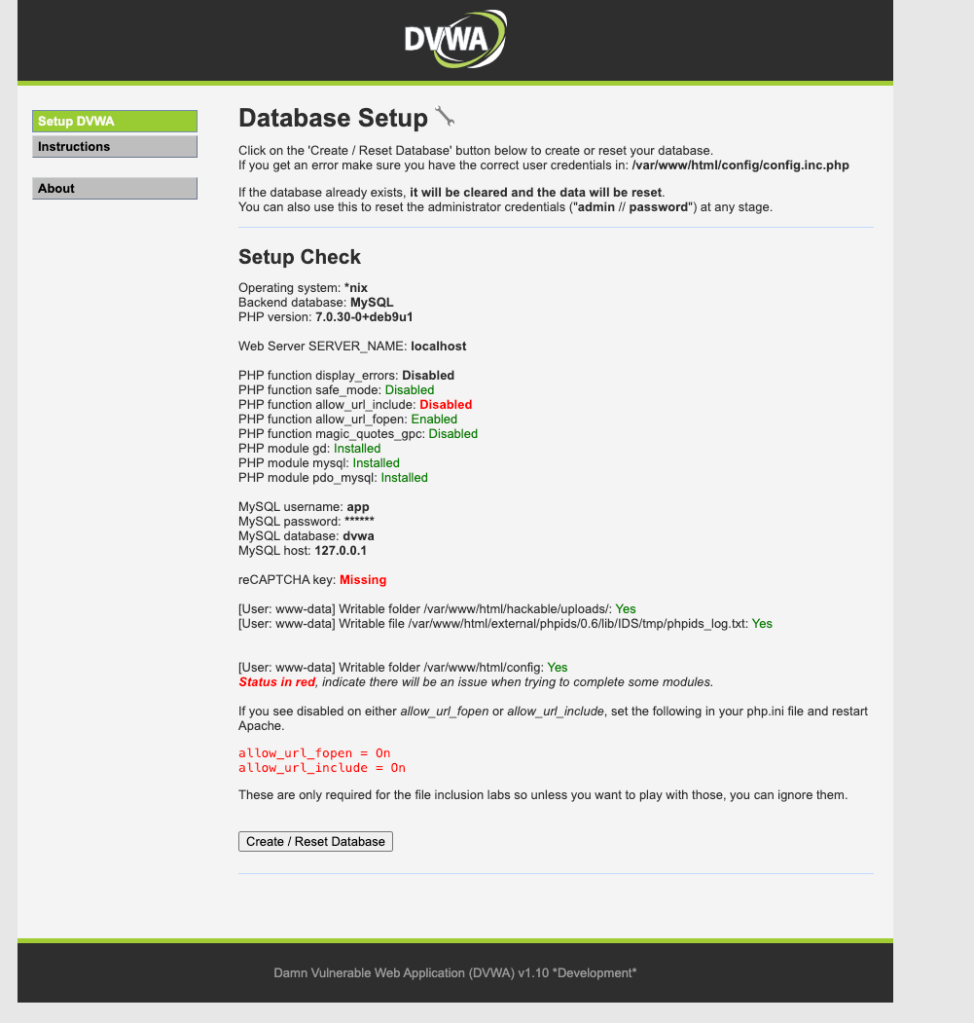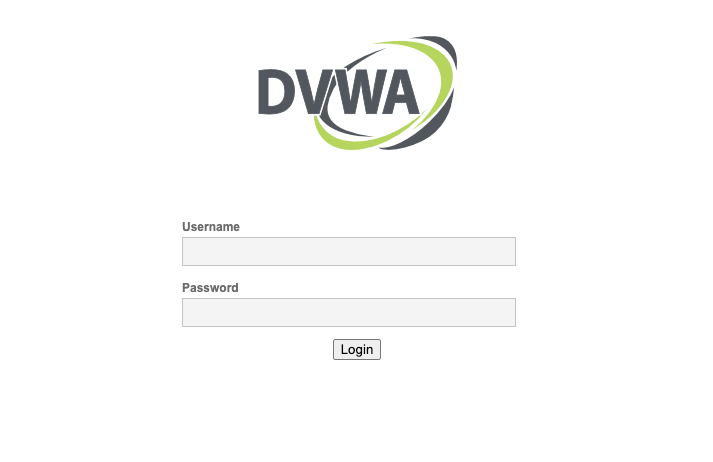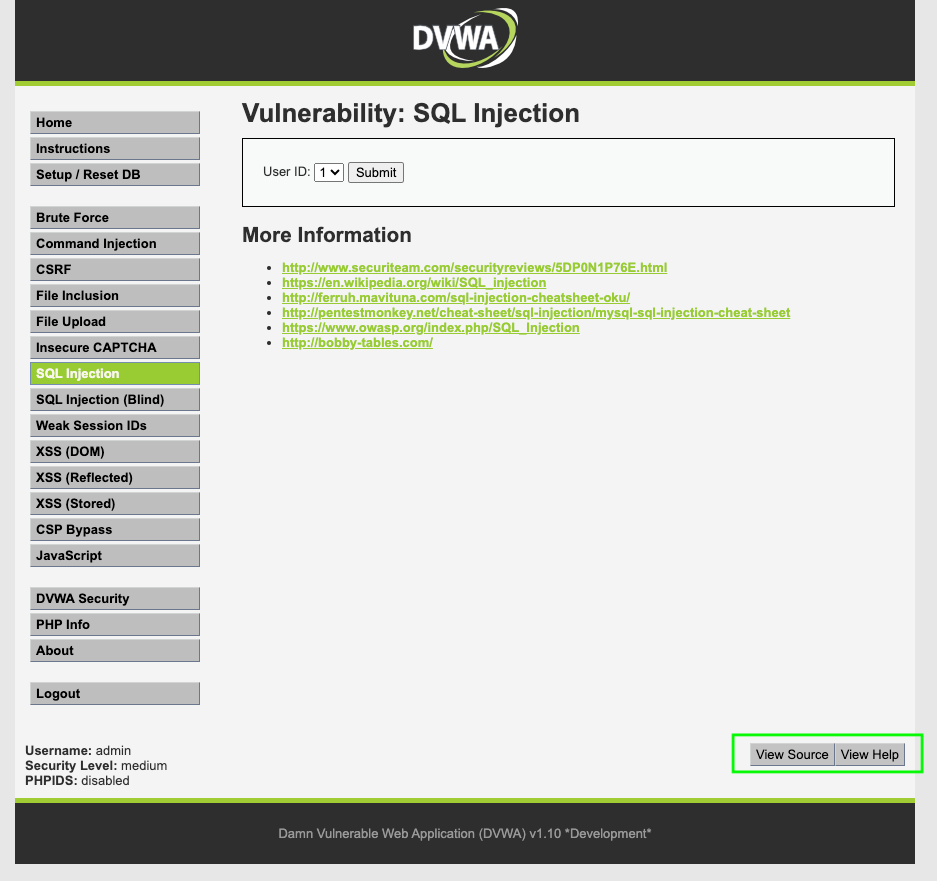In software development, robustness is indispensable for creating reliable and efficient applications. Java, one of the most widely used programming languages, offers various tools to help achieve this goal. Two of the most powerful are exceptions and assertions, though their ability to improve code quality is often underestimated. In this post, we’ll explore how these tools can be employed for error detection and as integral parts of a proactive strategy for building robust software.
Using Exceptions Beyond Error Handling
Traditionally, exceptions in Java have been seen as a way to handle errors during program execution. However, their utility goes beyond merely capturing unexpected errors. Exceptions can effectively manage situations that, while not necessarily catastrophic errors, represent non-ideal or unexpected conditions in business logic.
Practical Example: Adding Workers to Courses
Consider a method addWorkerToCourse(Worker worker, Course course) designed to enroll workers in training courses within a company. Instead of performing prior checks or returning a boolean value indicating the operation’s success, this method can throw an exception if the worker does not meet the course requirements:
public void addWorkerToCourse(Worker worker, Course course) throws RequirementsNotMetException {
if (!meetsRequirements(worker, course)) {
throw new RequirementsNotMetException("The worker does not meet the course requirements");
}
// Logic to add the worker to the course
}
This approach has several advantages. First, it simplifies error handling by centralizing validation within the method. Second, it enhances code readability, clarifying what conditions can prevent the operation from being successfully completed. Finally, it facilitates code reuse, as any method calling addWorkerToCourse must handle the exception, ensuring that necessary validations are not overlooked.
Assertions to Ensure Code Quality
Assertions are another underutilized tool in Java. Although they are executed only during development and testing (unless explicitly enabled in production), they are extremely useful for verifying that the program’s state is as expected at various execution points.
State Verification with Assertions
Imagine a scenario where we modify the value of a variable through a series of operations. We can use an assertion to verify that the final value is different from the initial one, helping us detect logical or state errors that might otherwise go unnoticed:
int valueBefore = getValue();
performOperationThatModifiesValue();
assert getValue() != valueBefore : "The value should have changed after performing the operation";
This type of check ensures that our assumptions about the program’s state are correct, crucial for preventing subtle, hard-to-track errors. Additionally, assertions during the development phase allow us to identify and correct problems before the code reaches production.
This is especially valuable in the case of private methods, where direct unit testing may not be feasible. Assertions provide a mechanism to validate the behavior of these methods, ensuring that they function as intended, even without direct test coverage.
The Importance of Testing Exception Throwing
A crucial part of writing robust software is ensuring exceptions are thrown under the appropriate circumstances. This involves properly handling exceptions when they occur and verifying through unit tests that these exceptions are thrown as we expect. These tests ensure that our error-handling logic works correctly under specific conditions.
Testing Exceptions with JUnit
Suppose we have a method that throws a RequirementsNotMetException if a worker does not meet the requirements to be added to a course, as discussed earlier. We want to write tests that verify this exception is correctly thrown.
Example: Test Fails if Exception Is Not Thrown
In this example, we expect the test to fail if the code inside the try block executes without throwing the expected exception:
@Test
public void testAddingWorkerToCourseWithUnmetRequirements() {
try {
Course course = new Course(...); // Configure course
Worker worker = new Worker(...); // Configure worker without necessary requirements
addWorkerToCourse(worker, course);
fail("It was not expected to reach this line of code");
} catch (RequirementsNotMetException e) {
System.out.println("great");
}
}
This test verifies that the method addWorkerToCourse throws a RequirementsNotMetException when trying to add a worker who does not meet the necessary requirements. If the exception is not thrown, the test will fail due to the call to fail().
Example: Test Fails if Exception Is Thrown
In this example, we expect the test to fail if the code inside the try block executes throwing the exception:
@Test
public void testAddingWorkerToCourseWithUnmetRequirements() {
try {
Course course = new Course(...); // Configure course
Worker worker = new Worker(...); // Configure worker with necessary requirements
addWorkerToCourse(worker, course);
} catch (RequirementsNotMetException e) {
fail("I was not expecting exception");
}
}
Both examples illustrate how to effectively test the throwing of exceptions in Java, ensuring that our application behaves as expected under adverse conditions. This type of testing complements our error-handing strategy and is essential to building reliable and robust software.
Conclusion
Exceptions and assertions are essential tools in any Java developer’s arsenal. Used correctly, they help manage errors effectively and promote writing that is cleaner, more readable, and, above all, robust code. By integrating these practices into our projects, along with a rigorous approach to exception testing, we can significantly improve the quality and reliability of our code.
